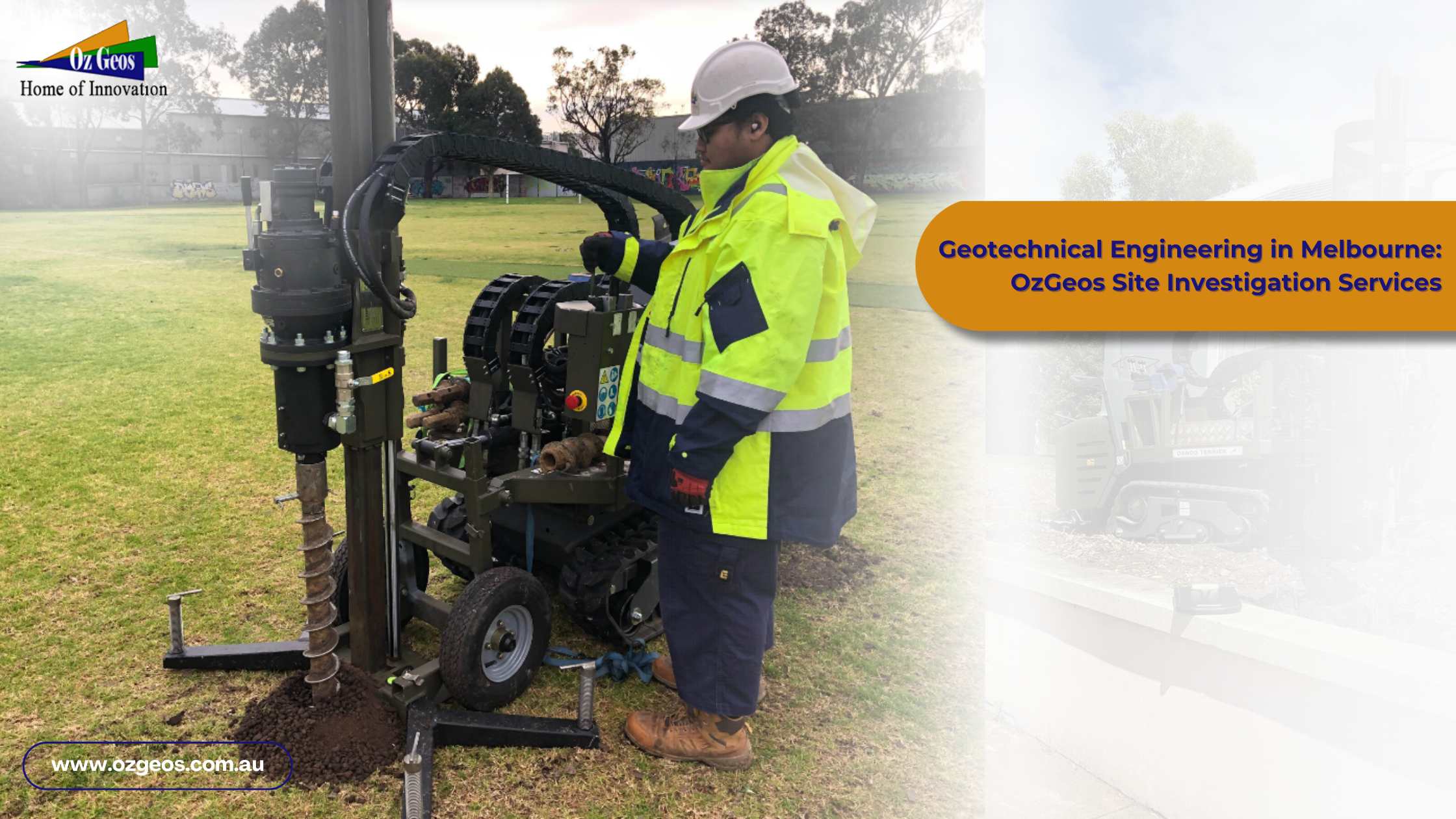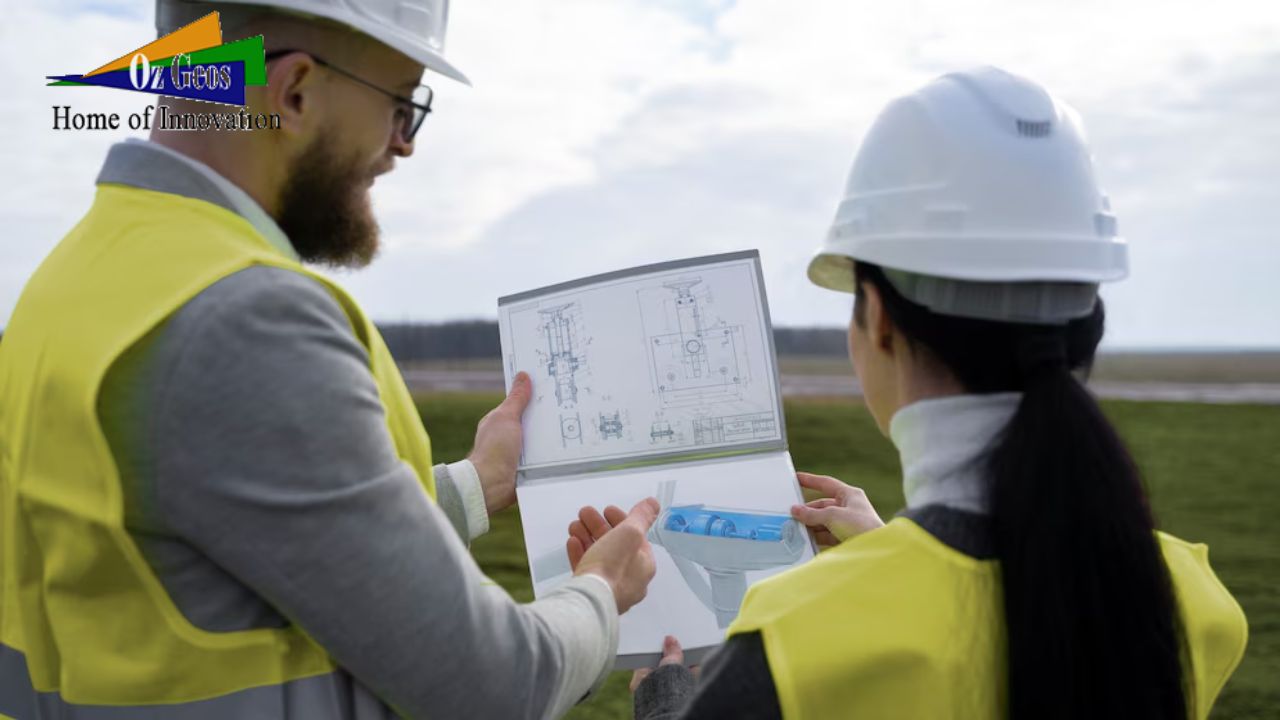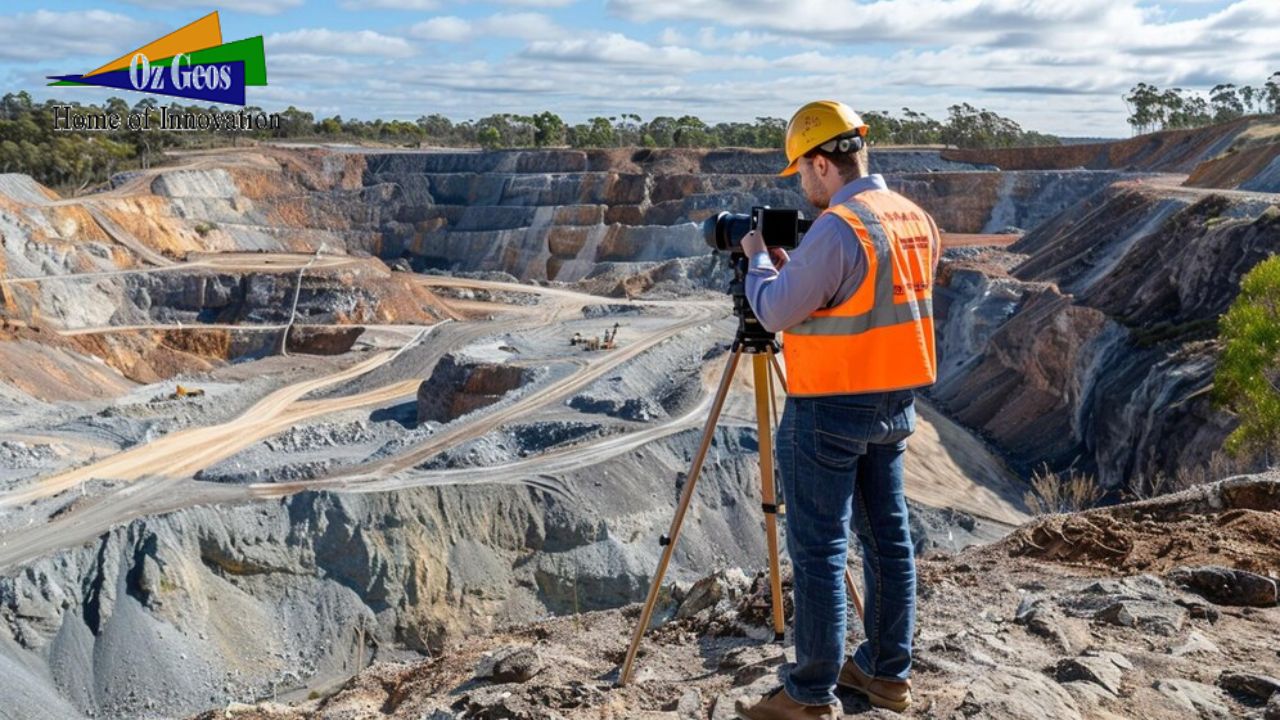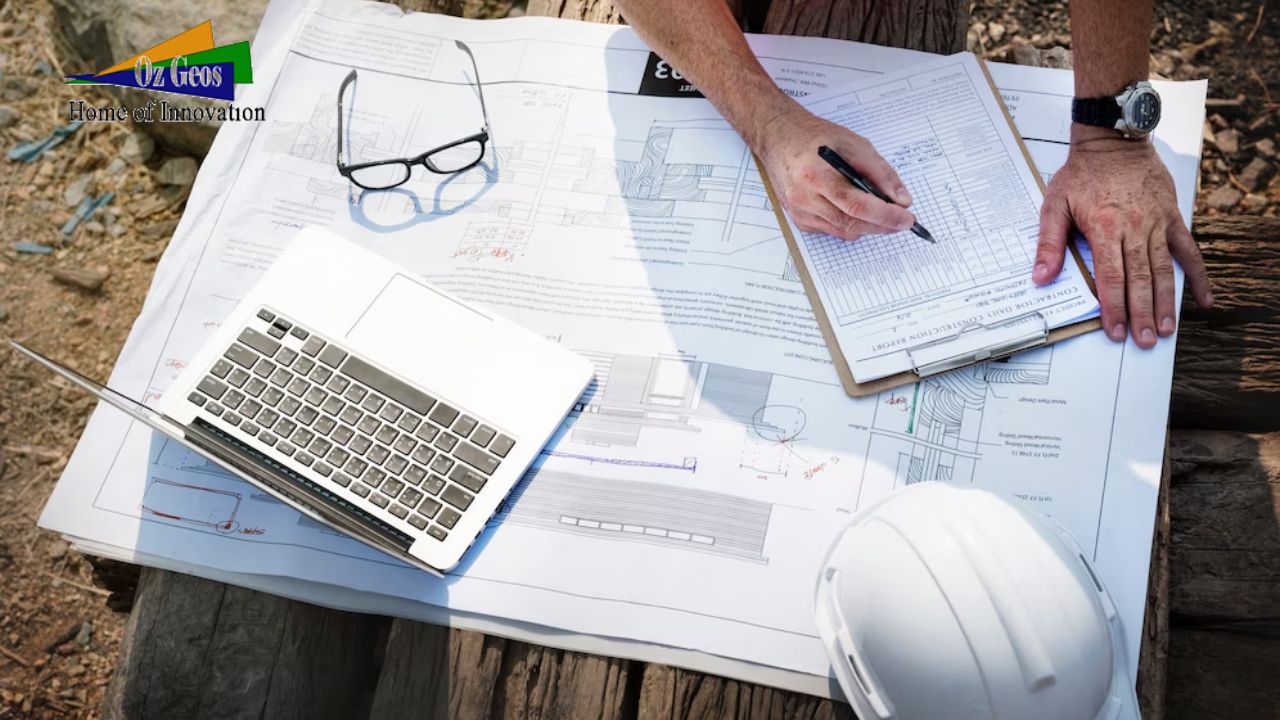What is Geotechnical Engineering? Key Concepts and Testing Methods.
Introduction
Geotechnical engineering is a part of civil engineering. It analyses the soil behaviour under the influence of soil-water interactions. The conception and construction of hills, soil retaining walls, pipelines and passageways, reservoirs, and other constructions depend on the planet’s crust for protection all dependent on this discipline.
Branches Of Geotechnical Engineering
Geotechnical engineering can be divided into two main areas.
- Soil Engineering
2. Rock engineering
Soil engineering:
The actual implementation of soil mechanics concepts is known as soil engineering. Soil mechanics is the part of geotechnical engineering that deals with the physical characteristics of the planet and the behaviour of soil masses subjected to various pressures. It applies to soils the essential ideas of mechanics, such as kinematics, dynamics, fluid mechanics, and material mechanics.
Rock engineering:
The exact utilization of stone mechanics concepts is known as rock engineering.
Role of Geotechnical Engineering
The role of geotechnical engineering significantly deals with realizing the features of soil and rock, which may vary significantly by their thickness, moisture content etc. These features must be examined by geotechnical engineers to forecast their movements under various circumstances. The safety as well as stability of structures are affected by soil conditions, making this analysis necessary.
For instance, when constructing a building, the foundation must be designed to withstand the loads imposed by the structure itself, as well as any additional loads from occupancy, wind, and earthquake. A geotechnical engineer will examine soil to determine the bearing capacity of the earth and recommend proper foundation types, such as shallow foundations, deep foundations like piles, or specialized solutions like floating foundations for soft soils.
Importance of geotechnical engineering
Understanding the features and actions of soil and rock, in addition to how they interact with constructions that have been erected on or within them, is one of the primary explanations for why geotechnical engineering is important. Using this information, geotechnical engineers may test the rock, soil, and other materials at a site, evaluate the results, and select the right design parameters for the project. Utilizing this knowledge, it will be essential to make sure that structures built on top of or within subsurface materials, such as retaining walls, slopes, and bases, have enough strength to stand up to external loads including wind, water, and earthquakes.
Rock and soil dangers:
The essential part of geotechnical engineering is the assessment and oversight of soil and rock dangers such as avalanches, liquefaction of soil, and holes in the ground. These dangers possess the potential to be deadly as well as seriously damaging infrastructure and property. Geotechnical engineers utilize their expertise to identify possible dangers, evaluate the risks they pose, and develop plans to minimize or manage these hazards. This includes the preparation of stabilizing structures, like anchors and walls for retention, as well as the implementation of early warning and monitoring systems to identify potential problems.
Underground structures:
A key function of geotechnical engineering is Underground structures including tunnels and mines, require careful preparation and construction. These structures require the ability to regulate the impact of excavations and construction on the surrounding environment, along with a comprehensive knowledge of the behavior of underground materials. The ideal criteria for design for these constructions, such as the tunnel’s measurements and shape, the rock’s strength, and the kind and amount of support required are established by geotechnical engineers utilizing their experience. Furthermore, they use their knowledge to oversee the administration of possible environmental effects of excavation and construction, particularly soil stability and movement of groundwater.
Existing structures:
In addition to structural planning and construction, geotechnical engineering is also vital to the reconstruction and maintenance of pre-existing structures. Age-related degradation or additional problems could affect a structure’s stability and efficiency. Environmental protection is accomplished through geotechnical engineering. Expertise in air, water, and soil quality maintenance is put to use by geotechnical engineers to minimize the negative effects of projects. In addition, they extend their expertise to the construction of durable and resilient structures like permeable pavements and green roofs. By reducing runoff, improving groundwater quality, and increasing the built environment’s overall sustainability, these structures aid in lessening the adverse environmental effects of projects.
Protection of the environment:
Environmental protection is an important aspect of geotechnical engineering. Expertise in air, water, and soil quality maintenance is put to use with geotechnical engineers to minimize the environmental impact of projects. Additionally, they apply their knowledge to the building of environmentally friendly and resilient structures like permeable road surfaces and green roofs. By reducing runoff, improving groundwater quality, and increasing the built environment’s general sustainability, these buildings help with lessening the environmental impact of projects.
The future of geotechnical engineering
Technological developments: A spotlight on sustainability, and an increasing demand for building infrastructure will determine the future of the field of geotechnical engineering.
Significant trends may be the following:
Advanced instrumentation:
AI and machine learning are instances of technological advancements.
Sustainability:
sustainability involves soil remediation, green infrastructure, and climate change adaptation.
Infrastructure development, offshore engineering, tunnel construction, and deep foundations.
Collaboration:
Risk-based design and multidisciplinary teams.
These components will keep the field evolving and ensure its continued importance in the years to come.
Conclusion :
To sum up, geotechnical engineering is a vital discipline that preserves the resilience and integrity of civil infrastructure. Geotechnical engineers contribute to making building projects effective all over the world by understanding the behaviour of earth materials and applying appropriate planning strategies.































